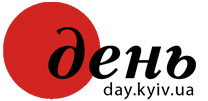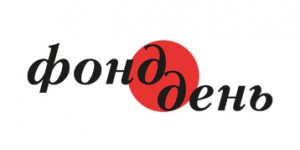He Shuifa is a master of traditional Chinese painting. He is well-known around the world for his deep study of ornithological and chromatolytic painting, delicate and professional artistic charm of his works based on the sub-genre of Japanese ukiyo prints (images of flowers and birds).
All of the artist’s paintings were created in the hunbi style (“graceful brush”) or, as it is sometimes called, “the style of sharp lines.” While studying the basics of ornithological art, Shuifa copied works by artists of the Song Dynasty (960-1279). This dynasty reigned in China during the time of cultural and economic prosperity. 1971 was marked with a major turning point in the life of the artist – he got acquainted with Lou I Fei, future mentor and friend of the artist, who advised Shuifa, who was seeking himself in painting, to try out also in a different style, the sei style (“idea transfer”), which is also called “the style of rough brush,” where, as a rule, there are no clear contour lines, the artist expresses rather his emotional, spiritual mood, instead of depicting details.
The flowers painted by the artist stood out because of the bright color scheme and the combination of red and yellow tones that produced purple hue, which makes the flower look exuberant, graceful, and grand. In 1978 the artist entered the Chinese National Academy of Arts in the class of painting taught by Lou Fei and began studying the technique of ornithological painting. During his studies Shuifa learned the best skills his mentor taught him – correct formulation of composition, peculiarities of various methods of working with ink and paint. This period is considered to be the time of rapid professional and personal growth of the artist.
Shuifa creates his paintings from memory, recreating all the most vivid and impressive moments of his own everyday observations. Images without unnecessary details are transferred on paper or silk foundation, and author selects tones and half-tones with maximum accuracy. In order to make the colors as close to the natural shades as possible the artist carefully monitors the concentration of water mixed with paints. He learns everything about the biological cycle of the flower, the period before it blooms and after. Since 1980 the artist completely devoted himself to painting in sei style and became free from detailed reflection of nature and expressed his own concept in idealized form. He experiments with various techniques of mixing ink with paint, improves his technique of making strokes and lines, increases his calligraphic skill that served as the foundation for the most productive period of his work – the sei period.
Shuifa’s pioneering achievement was his new approach to the composition of the canvas. He very decisively removed stones and other substitutes of soil and foundation from composition production, thus creating a wider panorama for contemplation, leaving the viewer some space for his imagination and speculations.
Artist’s paintings are stored in the Beijing art gallery, Mao Zedong Memorial Center, American-Asian Museum of Art, Museum of Japanese Art, Museum of East Atlantic Continent Art, and Shanghai Academy of Painting. His works also adorn the meeting hall of Chinese deputies, the State Administration of the President, the conference hall of the House of Ministries and Departments, and the palace for reception of honored guests of national importance. His paintings have been included in over 700 different books and publication on different genres and trends in art. In 1997 he received the title of Outstanding Artist of China.







